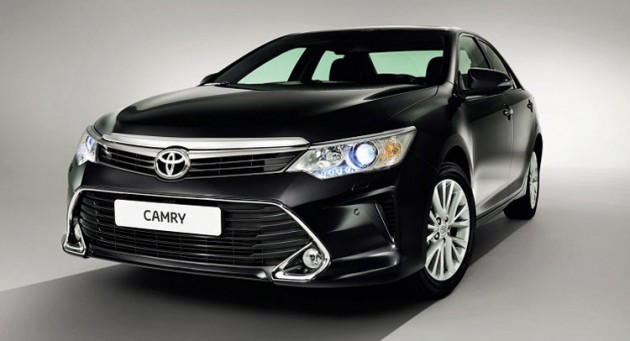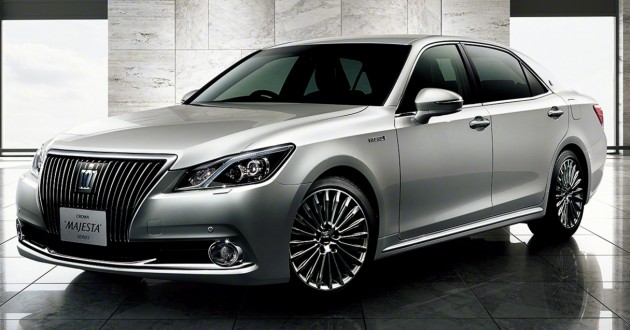Toyota Motor Corp has announced a recall that involves a total of 361,800 vehicles globally for three separate defects. Models such as the Camry, Hiace, Regius Ace, Dyna, Crown and Crown Majesta are among the vehicles affected in the exercise.
In the case of the first glitch, a faulty ball joint on the Toyota Camry (made between March 2011 and August 2014) could lead to a loss of control of the vehicle. A total of 170,000 Camrys – 120,000 units in Europe, 40,000 units in Japan and around 60 in the US – are affected. Camry models sold in Cambodia, India, Myanmar, Pakistan and the Philippines are also involved.
The second defect involves a faulty fuel pipe on the Hiace, Dyna and Regius Ace models, with the vast majority of cases being in Japan. A total of 105,800 units of all three models are involved in the recall – the Toyota Hiace units sold in the Asia-Pacific region are not affected.
The third issue involves the Crown and Crown Majesta (pictured above) sold in Japan, totalling 86,000 units, with the outer seat belt assemblies of these cars requiring a replacement. Toyota has stated that no injuries or deaths have been reported as a result of all three defects.
On the local front, the last recall to affect UMW Toyota involved the Lexus IS and LS models. A check with UMW Malaysia has confirmed that none of the Camry and Hiace models sold locally are affected by the aforementioned defects.
Looking to sell your car? Sell it with Carro.






























AI-generated Summary ✨
The comments primarily focus on the perceived poor quality and safety issues of Malaysian-made Toyota models, such as the Camry and Vios, highlighting a lack of features like VSC in CKD versions and comparing these to higher-spec CBU models. Many comments express disappointment over how UMW allegedly prioritizes profits over safety, especially after the global Toyota recall affecting numerous models, including the Camry. There is a strong sentiment of distrust toward UMW’s claims that Malaysian models are unaffected. Several commenters criticize UMW for using lower-quality parts and unfair pricing, accusing them of endangering Malaysians’ lives and criticizing the brand’s image. Overall, the comments reflect frustration, distrust, and boycotting attitudes driven by safety concerns and perceived corporate misconduct.